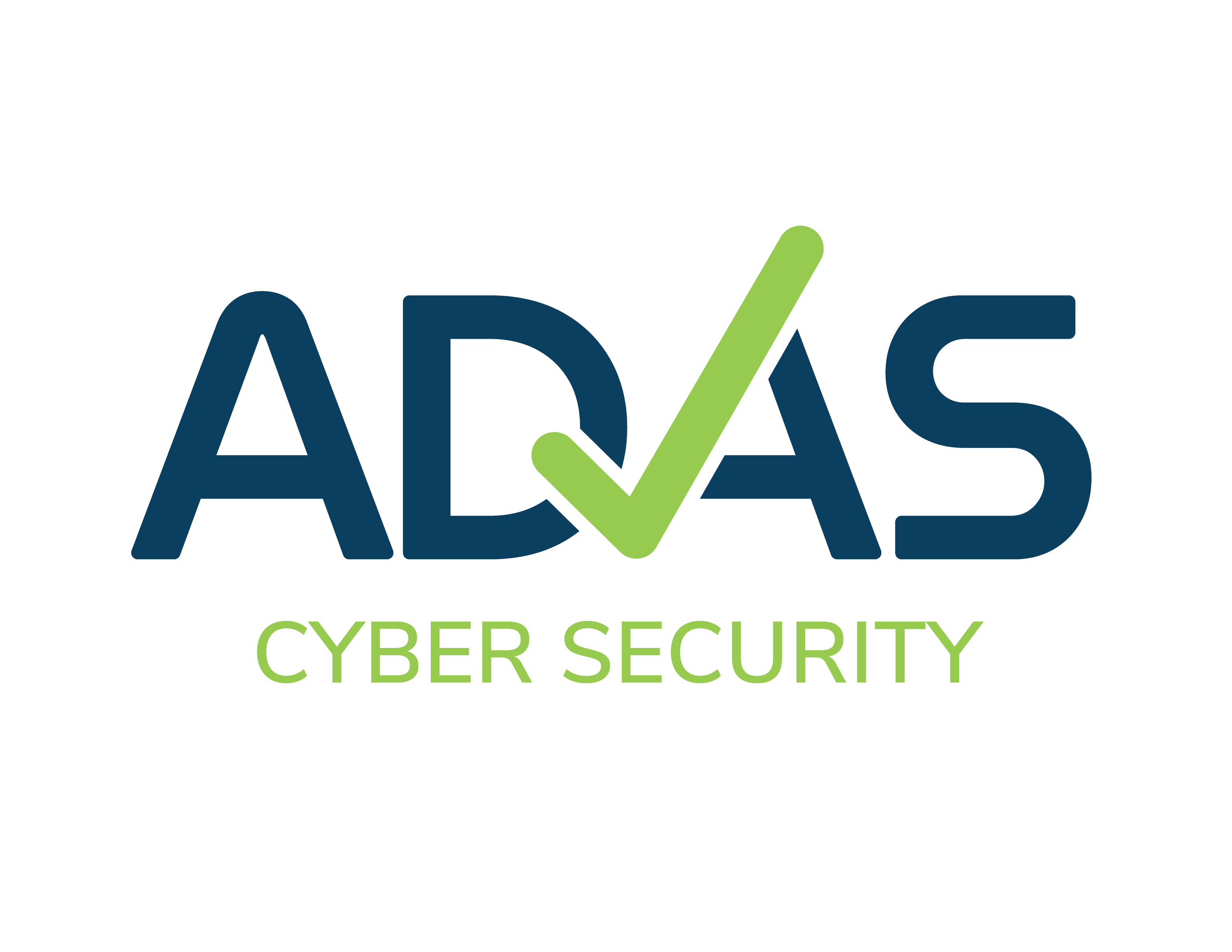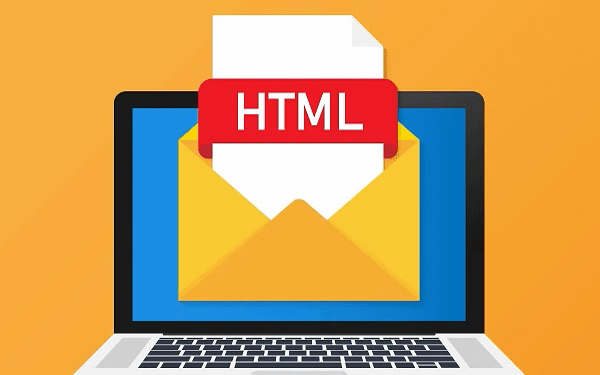Safeguarding Office 365 "HTML" Attachments - Combatting the Latest Phishing Trend
As cybercriminals continuously innovate their techniques, a new phishing trend has emerged, targeting Office 365 users through HTML attachments. This alarming trend has heightened the need for robust cybersecurity measures to protect sensitive data and ensure the integrity of business operations. In this article, we will explore the rise of HTML attachments as a phishing method and discuss essential cybersecurity measures to combat this evolving threat.
Understanding HTML Attachment Phishing: HTML attachments are files that contain HTML code and are often embedded within emails or documents. This type of phishing attack aims to deceive users by presenting a seemingly harmless attachment that, when opened, executes malicious code or directs the recipient to a fake login page.
This approach is particularly dangerous, as it can bypass traditional email security solutions that rely on detecting malware-laden attachments. Cybercriminals exploit this vulnerability to gain unauthorised access to confidential information, such as login credentials, financial data, and sensitive company information.
Combatting HTML Attachment Phishing.
User education and awareness: Creating a cybersecurity-aware culture within an organisation is key to mitigating risks associated with HTML attachment phishing. Employees should be trained on identifying phishing attempts, understanding the risks associated with opening suspicious attachments, and adopting best practices for maintaining safe online behaviour.Strong email filtering and authentication protocols: Implementing robust email filtering systems, such as Microsoft Exchange Online Protection or third-party solutions, can help detect and block malicious emails containing HTML attachments. Additionally, utilising email authentication protocols such as Sender Policy Framework (SPF), DomainKeys Identified Mail (DKIM), and Domain-based Message Authentication, Reporting, and Conformance (DMARC) can aid in identifying and blocking spoofed emails.
Multi-factor authentication (MFA): Enabling MFA adds an extra layer of security that significantly reduces the risk of unauthorised access to Office 365 accounts. By requiring users to verify their identity through an additional authentication factor, such as a mobile app or a text message, even if an attacker obtains login credentials, they won't be able to access the account without the additional authentication factor.
Endpoint protection and secure browsing: Deploying endpoint protection solutions, such as antivirus and anti-malware software, helps detect and prevent malicious code from executing on users' devices. Additionally, utilising secure browsing tools, such as web filters and URL scanning services, can block access to known malicious websites or prohibit the download of suspicious files.
Regular software updates and patch management: Keeping software, including operating systems, web browsers, and plugins, up to date is essential in combating HTML attachment phishing attacks. Software updates often include security patches that address vulnerabilities targeted by cybercriminals, reducing the risks associated with these attacks.
Example:
Below is an example of a latest one targeting us. The Phish is enticement of a missed call and message attached as an .WAV file as an HTML - both are immediately suspicious and the senders email address appears complex and inconsistent with a legitimate business: -

Conclusion:
The rise of HTML attachment phishing poses a significant threat to Office 365 users, which necessitates proactive cybersecurity measures. By implementing user education and awareness programs, robust email filtering and authentication protocols, multi-factor authentication, endpoint protection solutions, and regular software updates, organisations can combat this evolving threat and safeguard their valuable data in the age of cybercrime. Remember, staying informed and proactive is crucial in maintaining a strong defence against persistent and ever-changing phishing attacks.
Obtaining IASME Cyber Essentials certification can significantly enhance protection against these threats by implementing secure configurations, enhancing firewall and gateway defences, strengthening access control measures, securing email configurations, prioritising patch management, and fostering user awareness and training. By investing in this certification, organisations can mitigate the risks of HTML attachment phishing attacks and ensure the safety and integrity of their Office 365 environments.
Obtain your IASME Cyber Essentials certification here

